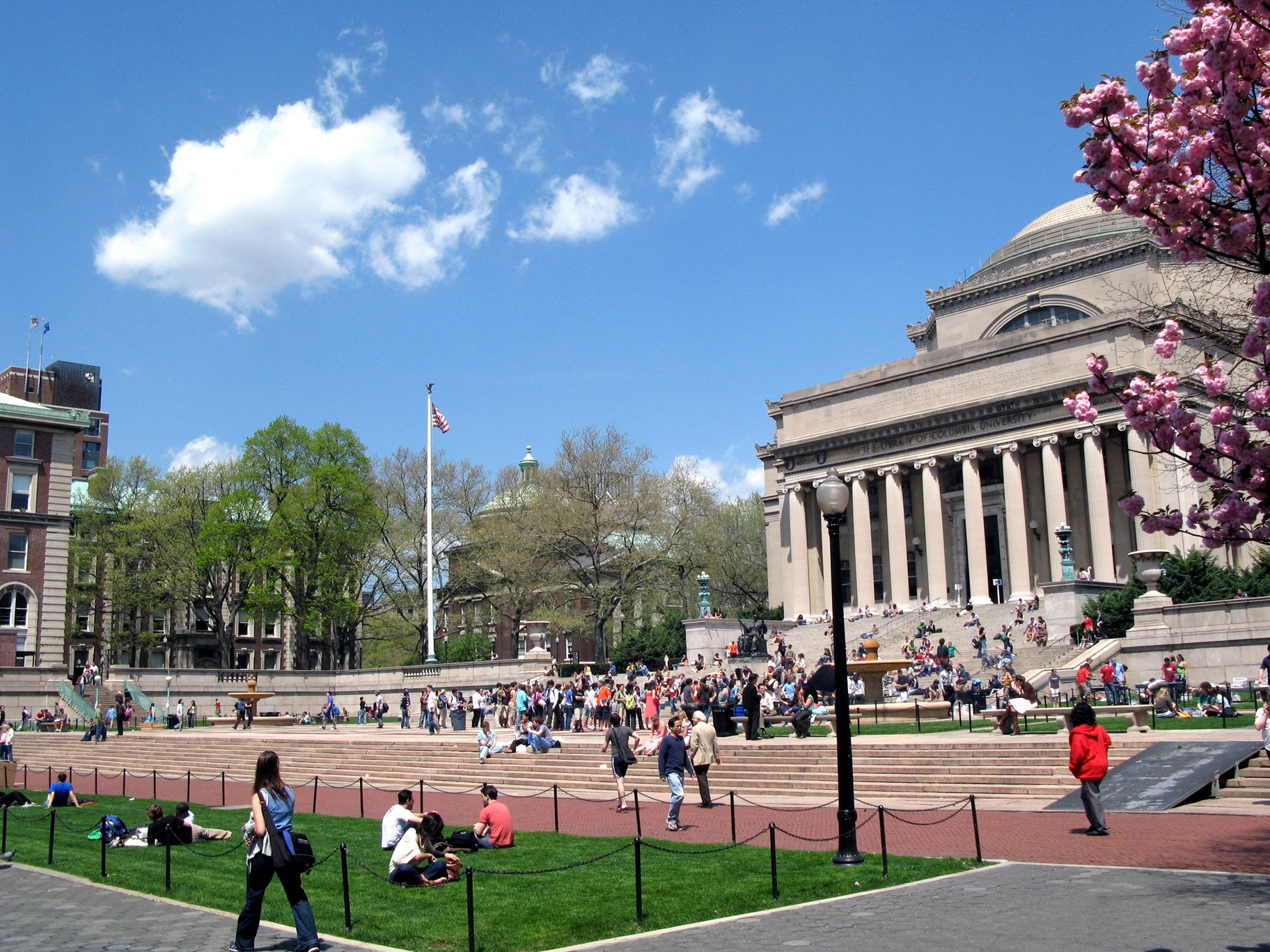No one can dispute the fact that historically, we Jews have had more than our fair share of anguish and suffering. This Tuesday—the 17th of Tammuz—we recall five different cataclysmic events that occurred on that very same day. Feeling it only proper to treat each calamity separately, I suggest that we look to Yiddish—in that its rich vocabulary provides us five different ways to appropriately respond to each horrific event that befell our people on that doleful day.
Och oon vay (alas and alack): It was during the war of 1812 that United States Navy Master Commandant Oliver Perry wrote the following to Major General William Henry Harrison: “We have met the enemy, and they are ours.” Three thousand years earlier, Moses did not have to meet the enemy. The enemy was within our very midst. Unable to stomach the apathy on the part of the masses who made no attempt to put a stop to the cavorting around the golden calf by a group of malcontents, Moses shattered the two tablets. “Och oon vay” was but the tip of the iceberg to Moses’ dramatic reaction to this debacle.
Oomglick (misfortune): Borrowed from the German “ungluck,” “oomglick” is the opposite of “glick.” With the Roman army having beleaguered the walled city of Jerusalem, the supply of sheep (two male lambs) required for the daily Tamid sacrifice sadly came to an end and that was an “oomglick.” It wasn’t that the Roman legion prohibited the Tamid sacrifice, they simply continued their siege of Jerusalem until long after supply of sheep was depleted.
Ah broch (a disaster): The word “broch” is related to the word “tzehbrochen (broken). “When one exclaims, “Oy ah broch!” what’s really being said is, “It breaks my heart.” While it is true that our people have a penchant for hyperbole, one is led to wonder whether a small crack appearing on a bedroom wall really constitutes “ah broch.” But the breaching of the walls of the city of Jerusalem by the enemy signifying the beginning of the end warrants the response “ah broch” and then some.
Kahtahstroffeh (catastrophe): In no way does “kahtahstroffeh” come from the English. Rather, it is taken from Russian, and it was the Russians who took it from French. One is hard-pressed to discern the difference between a “kahtahstroffeh” and “ah broch.” On the other hand, few would argue whether the burning of a Torah scroll by a Roman soldier by the name of Apostomus qualifies as a “kahtahstroffeh.” What makes that kahtahstroffeh all the greater is that it too befell us on the 17th of Tammuz.
Ohnshikenish (misfortune, plague): Ravaging of the sacred is bad enough … Desecration of the sacred is even worse. But that’s precisely what the Romans did when they erected a statue of one of their pagan deities in our Holy Temple in Jerusalem. By doing so, the Romans were able to bring about devastation as well as desecration.
By all accounts, the 17th of Tammuz was a “katahstroffeh” that lives on in our history. It recalls the “oomglick” we endured as a nation. And yet, it would be unfair to categorize the Romans as an “ohnshikenish” in that there were other black clouds that would appear in our people’s distant future. Sadly, the 17th of Tammuz was neither the first time that warranted a collective “och oon vay” or our exclaiming “Ah broch!” nor was it the last.
Rabbi Shawn Zell has recently returned to New Jersey, after serving at a pulpit in Dallas. He possesses certification in teaching Yiddish. Rabbi Zell is the author of three books













